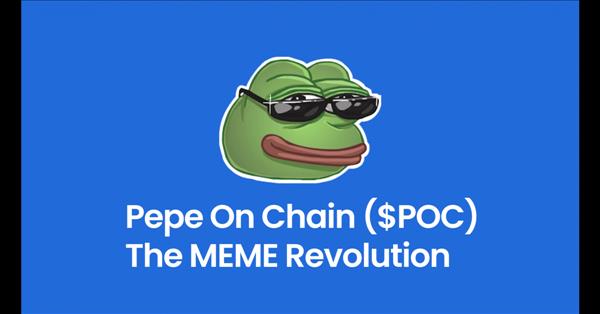How the government is investing heavily in Web3.0 and blockchain

As the government of India moves towards the implementation of Web3.0 technology, it seems that “e-governance” is such a focus area, and it is changing guidelines around it. Recently, the government of Maharashtra, led by the Gadchiroli District Administration (Etapalli subdivision), issued throwing certificates to its citizens that are cryptographically anchored POS blockchain via LegitDoc, a software that works over a blockchain-based system that prevents it from breaches security and budget constraints. “India is moving towards originality and authenticity in terms of information and data. The district has a total population of over 1.1 million. ). The percentage of planned casts and planned tribes living in the district is 11.25% and 38.7%, respectively (according to the 2011 Census), “said Shubham Gupta, assistant collector, Etapalli (Gadchiroli)”, to FE Digital Currency.
The Internet has evolved from Web 1.0 to 3.0, and this technological advancement allows the use of semantics, but also spaces, images and traditional static networks transformed into an interactive one. “The Etapalli branch has taken up the task of running 65,000 caste certificates through the blockchain system. This was a pilot project for blockchain adoption. The caste-based certificates are mandatory for access to state-funded schemes,” Gupta said.
According to industry experts, blockchain allows secure transfer of information, assets and money without a third-party intermediary. In that perspective, it is assumed that blockchain is crucial in strengthening the image of the legal framework for e-governance.
“Social benefits and opportunities of participating in the Web3.0 ecosystem are beginning to crystallize. The blockchain system consists of an Issuance DApp (decentralized applications built on top of public blockchains) that combines all the hashes belonging to a certificate to create a single hash that “After successful upload of the final hash (for each certificate) on the blockchains, transaction data is returned. The dumping certificates can be issued to residents via shared service centers,” he added.
The term ‘Web3.0’ was coined in 2014 by Ethereum co-founder Gavin Wood, and the idea gained interest in 2021 from cryptocurrency enthusiasts, large technology companies and venture capital firms.
























